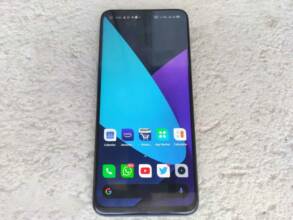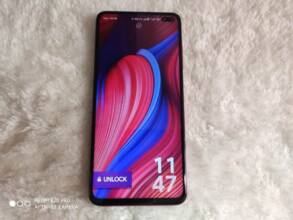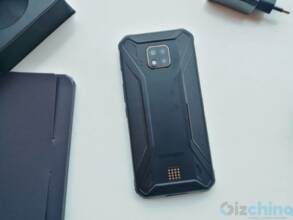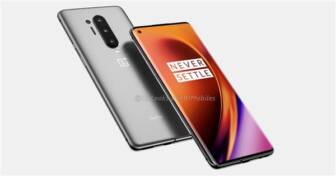Ulefone T1 Review: a powerful – yet attractive – clone
It seems that Ulefone finally decided to focus on what’s worth it, in this market: the midrange “flagship” segment, an area where more and more Chinese manufacturers have recently began to launch their first models. You might find the term midrange “flagship” strange, but – trust me- it has huge possibilities.
In this market we can find really powerful Chinese smartphones with adequate quality build but affordable price tags, aiming to please those performance-hungry individuals out there who’re on a very tight budget, but still like to push their phones to their limits.
TheUlefone T1 is one of those smartphones – and surely one worth buying- offering quite adequate performance, runs on Android 7.0 Nougat, along with a typical Helio P25 chipset, 6GB (!) of RAM and a dual camera setup on its back. It’s available at a really affordable price – when compared to its specs- and can easily become one of those models that belong into the competitive market. Let’s take a close look at its features and functions.
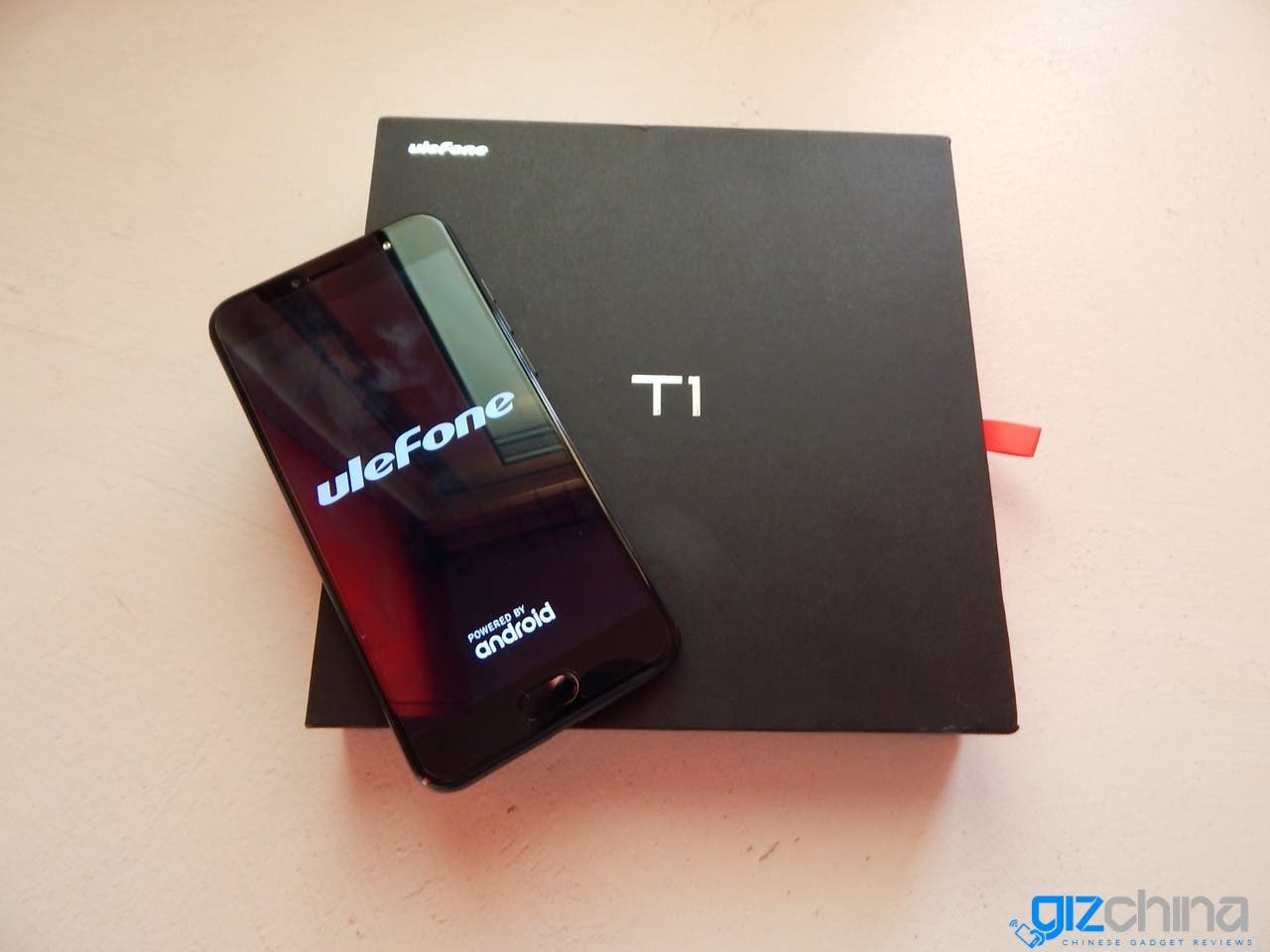
Ulefone T1 – Technical specifications
- Display: 5.5 inch, 1920 x 1080 Pixel screen
- CPU: Helio P25 Octa Core 2.6GHz
- System: Android 7.0
- RAM + ROM: 6GB RAM + 64GB ROM
- Camera: 8.0MP ( Interpolated to 13.0MP ) front camera + 16.0MP + 5.0MP back cameras
- Sensor: Gravity Sensor, Proximity Sensor, Light Sensor, Touch Sensor
- SIM Card: dual SIM dual standby. Nano + Nano SIM
- Feature: GPSA / GPS
- Bluetooth: 4.1
- Network: 2G: GSM 850/900/1800/1900MHz – 3G: WCDMA 850/900/1700/1900/2100MHz – 4G: FDD-LTE 700/800/850/900/1700/1800/1900/2100/2600MHz
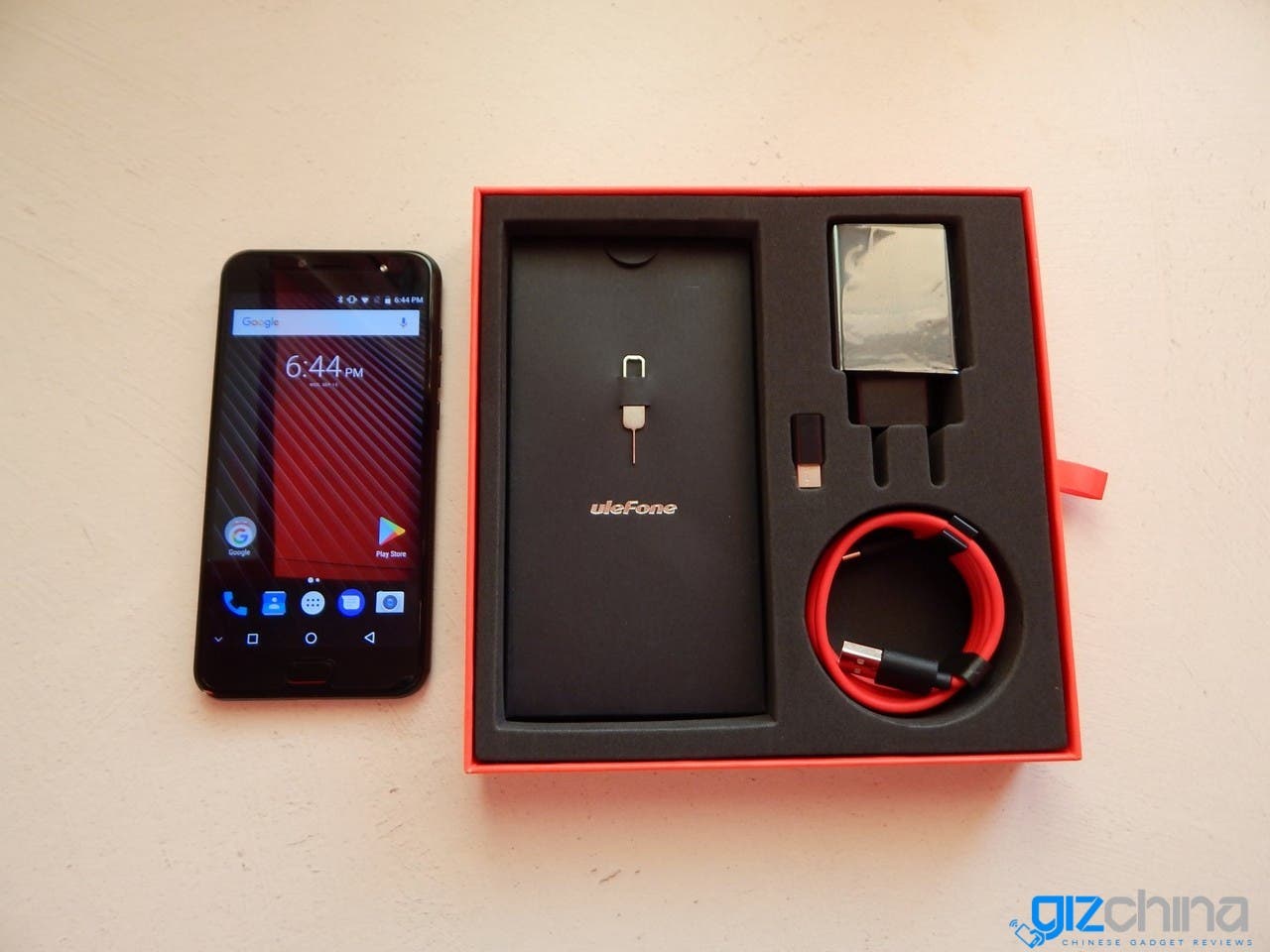
Ulefone T1 review: Design and general appearance
The phone is available in 2 color variants which are mainly: Black and Red and I got the first one. It’s quite impressive and really looks like an iPhone 7 Plus clone, if you see its back side. It’s not however the first time that a Chinese company decides to copy some other – especially Apple. In any case the phone surely looks impressive thanks to its metallic build and its overall design that allows for excellent grip and usability. Note that the back side of the device is made out of matte aircraft-aluminum alloy which improves its durability and enhances the whole “appearance” factor but its surely a fingerprint “magnet”, attracting a lot of unnecessary smudges. 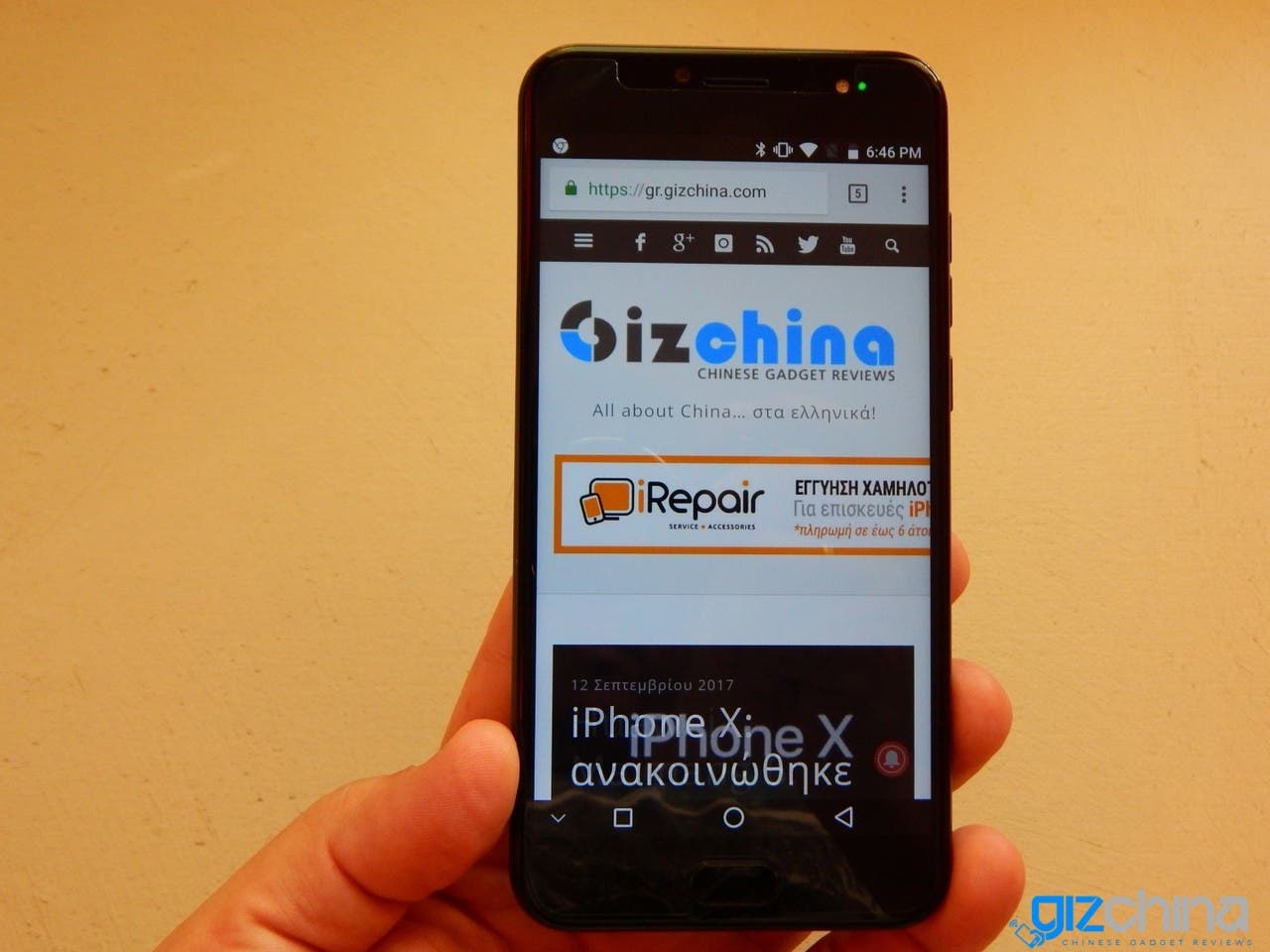
Ulefone designed the T1 model based on the style of its predecessor Ulefone Gemini Pro, using CNC and NANO metal technology, providing the device with 8.5mm of thickness, 15.50 x 7.69 x 0.85 cm dimensions and 181 gr. weight. On the front we can spot a selfie camera and a home button, on the back side, there’s an impressive dual camera, LED flash light, placed exactly at the same place the iPhone 7 Plus has them. Yes, it’s a good clone! 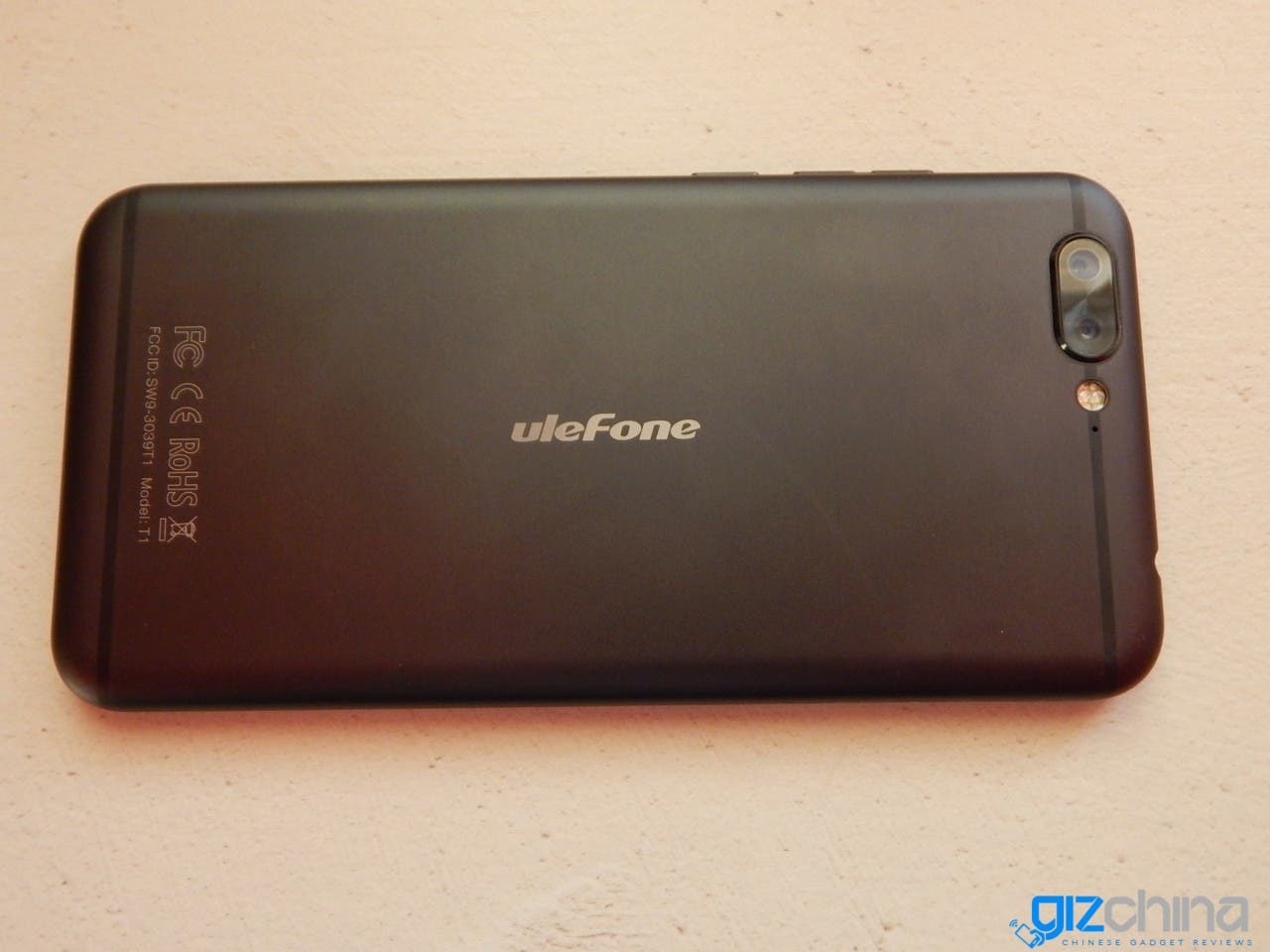
The device comes with a really impressive 5,5 inch display with 2.5D glass and FHD resolution (1920x1080p) with decent luminosity during sunny days, along with 178 degrees of viewing angle. It has a whopping 400.93 PPI with multi touch capacitive ability, however, it comes equipped with a scratch –resistant screen and not a Gorilla Glass cover, so be careful – it’s not as durable as one would expect. 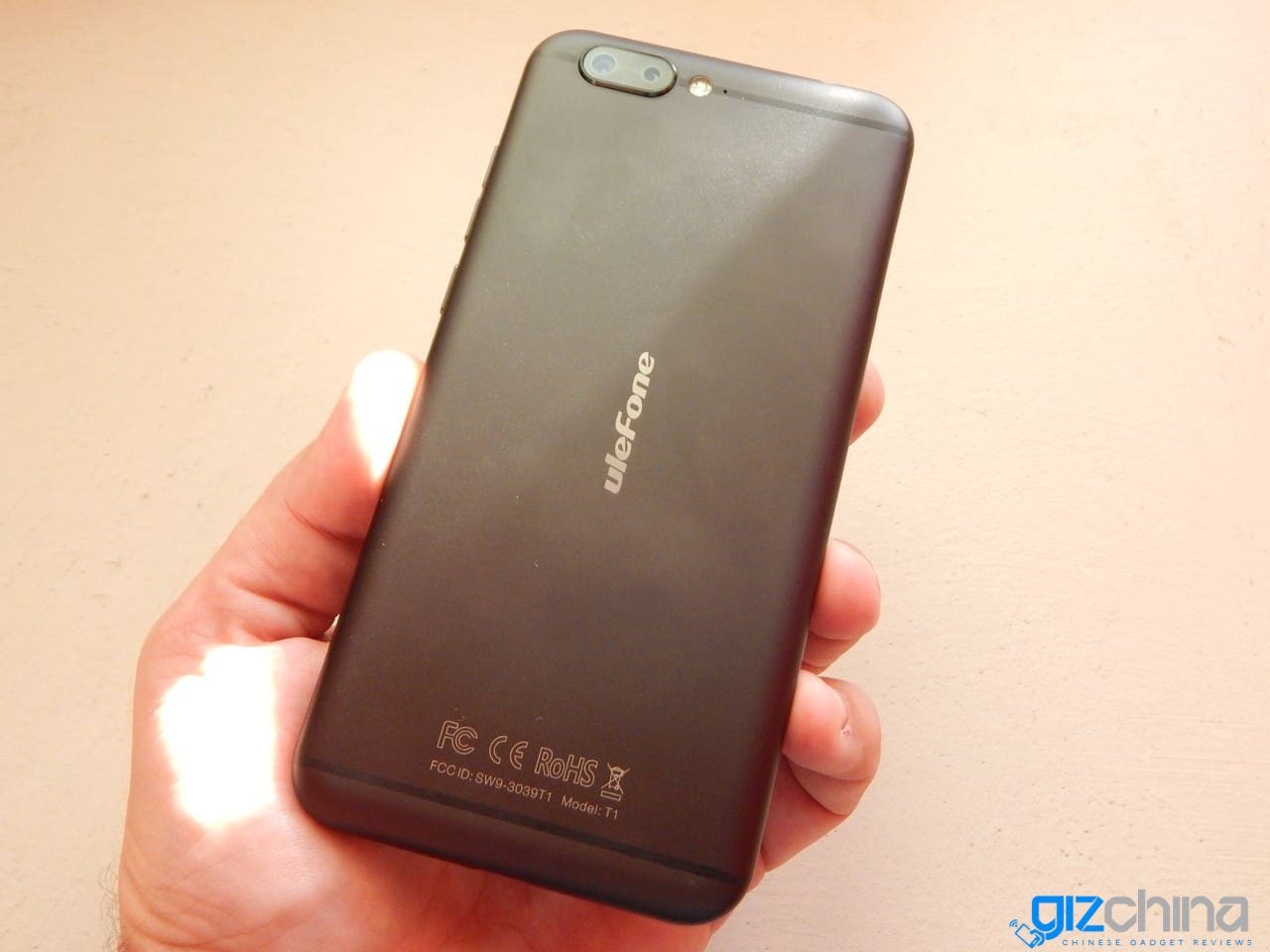
Just below the display there’s a rather fast fingerprint sensor, able to unlock the phone in less than 0.1 second with almost 97% success rate. It can basically store up to 5 different fingerprints and can recognize them all from 360 degrees, something that’s a standard nowadays.
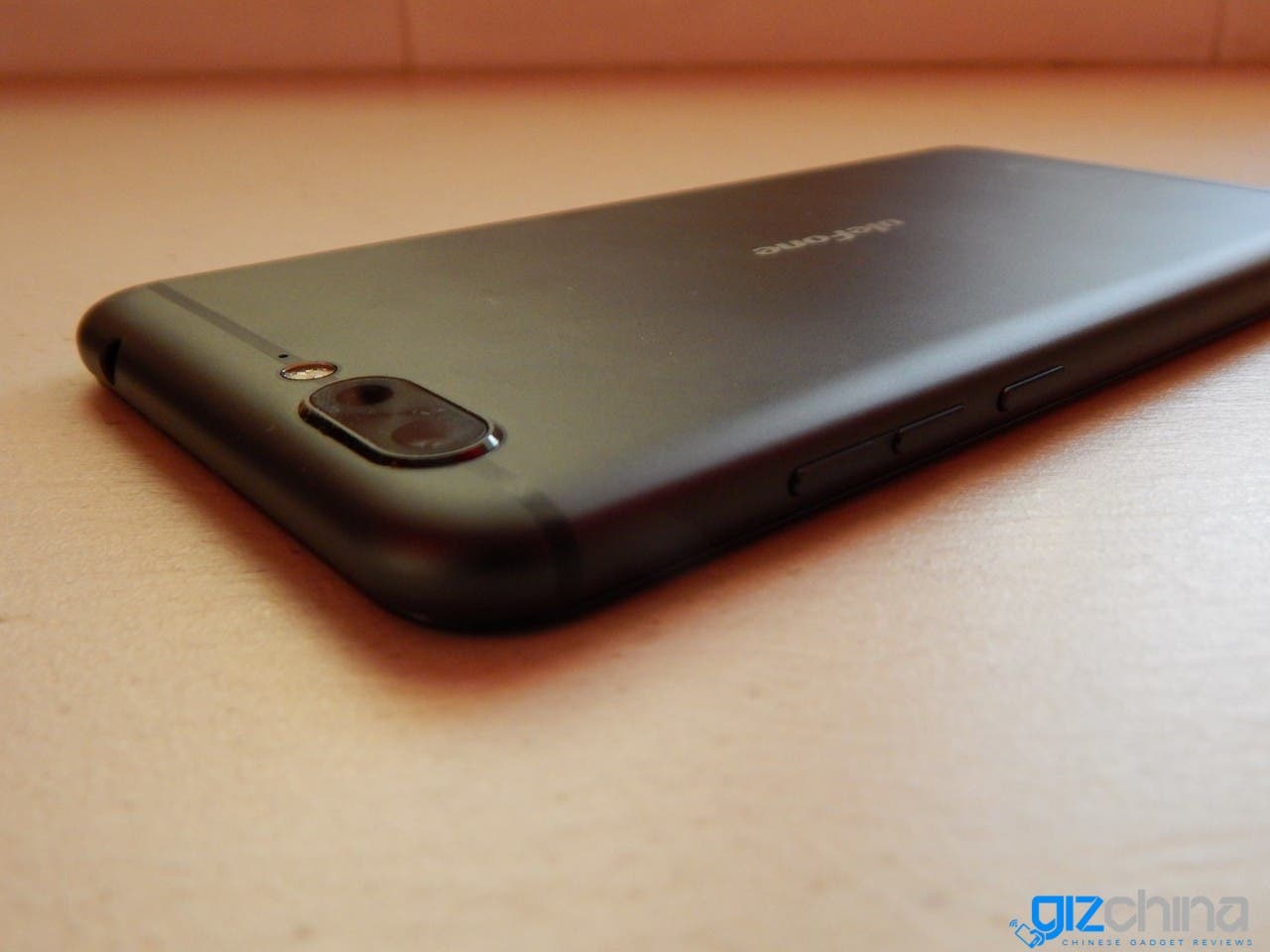
Hardware & Performance
This is an area where this phone performs above average – when compared to other similar smartphones. It comes with a Helio P25 Octa Core 2.6GHz processor, along with 6GB RAM and 64GB of internal storage, expandable via microSD card up to 256GB. The available RAM is more than enough for you to run all your day to day apps very smoothly, and the gaming performance is almost excellent if you play games like Asphalt 8 on normal graphics. Still, you should expect some skipped frames thanks to the GPU but with no significant lag. 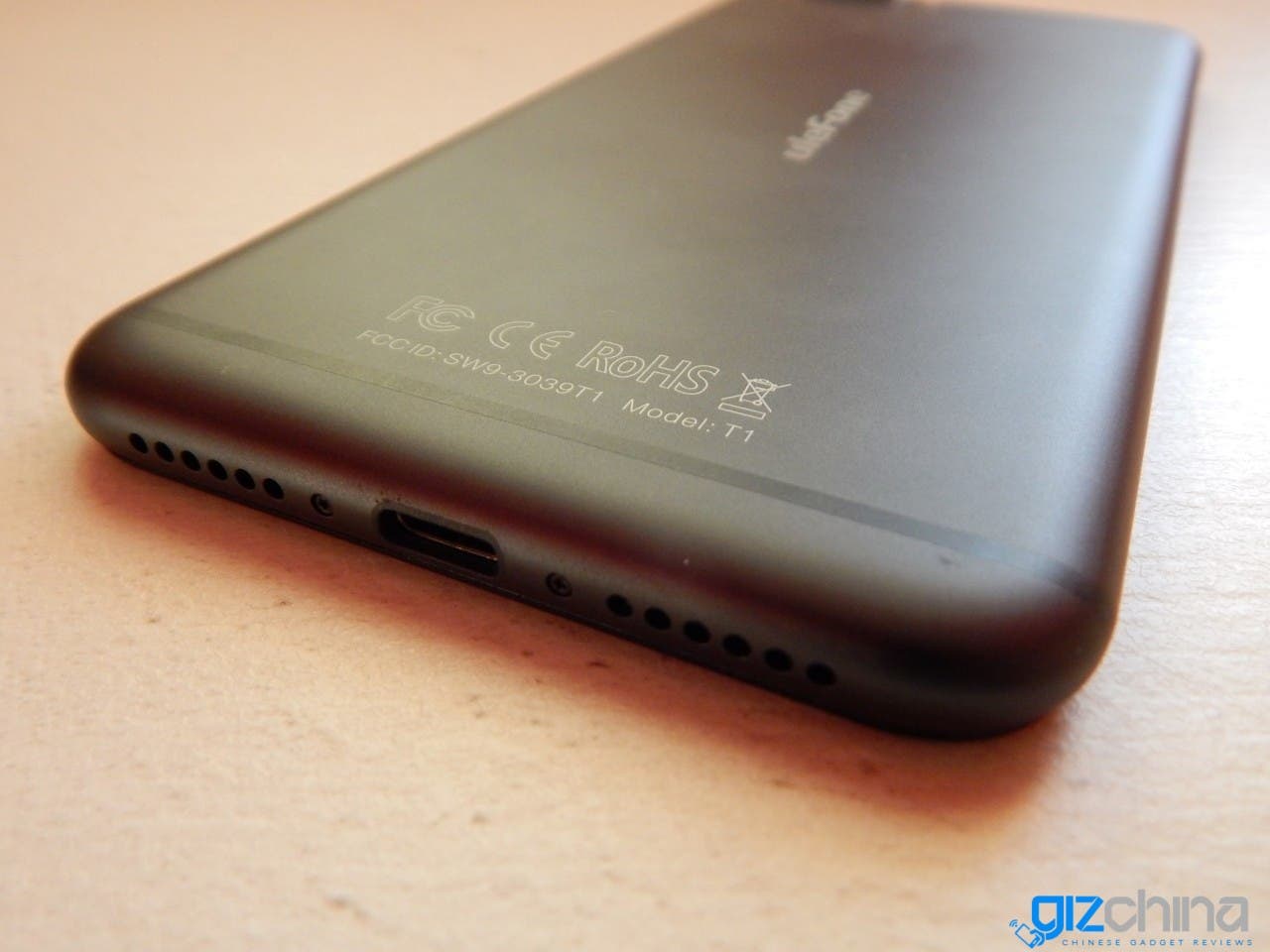
I was quite impressed by the general performance of the T1 model guys, I have to admit. It’s available RAM is ALWAYS above 3-4GB, no matter how many apps I may open and use. It offers excellent multi-tasking with no significant impact on its everyday performance. To confirm our deductions, do have a look at the benchmark results of the device as they appear above, showing the Ulefone T1 scoring 64849 points in AnTuTu.
I had one issue with its GPS receiver, as the device could only connect to 7 or 8 at the most sattelites, even though more than 12 were always available. It could be connected to more I guess, in order to offer even better results when scanning for our location. It took 5-6 seconds initially to locate my position but after this, all Facebook check in’s were easy with no hassle. In any case it still offered good global positioning services, no complains at all.
The Ulefone T1 is a 4G/LTE smartphone (FDD-LTE 700/800/850/900/1700/1800/1900/ 2100/2600MHz) with awesome performance when it comes to LTE networks, achieving average data speeds of 60Mbps that surely offer a decent feeling when you use it, along with great performance in everyday use. It has good GSM/WCDMA/LTE signal reception with flawless handovers and no dropped calls – during my tests that is.
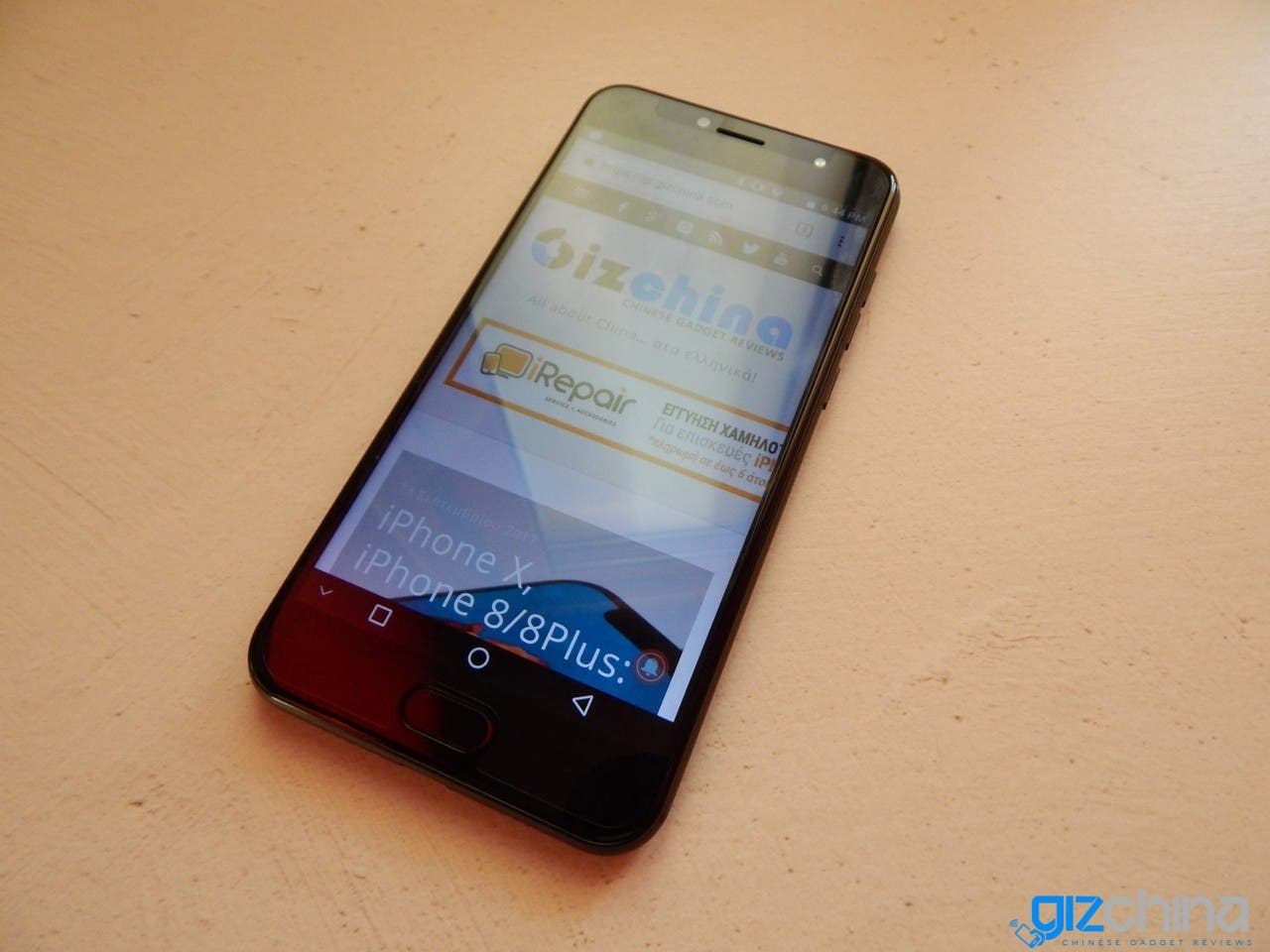
Ulefone T1 review: Android software and UI performance
The Ulefone T1 runs on Android 7.0 Nougat, however the company hasn’t disclosed yet when (and if) it will be updated to Android 7.1.2 or (one can hope) Android O. In any case, it runs on Nougat, with all the perks of Google’s previous operating system and – most importantly- the beauty of “vanilla” pure Android.
I love this type of Chinese phones, those that come with no themes, no bloatware or other unnecessary apps inside. You can be sure that it supports all the classic Nougat features, but the UI is as simple as Google wanted it to be. You can easily understand that the combination of a pure Android with a Helio P25 chipset and 6GB of RAM can be quite pleasing for almost any type of user. So as long as you don’t choose to put any extra pressure on it with severe multi-tasking, more than 15-18 apps opened simultaneously (!) you can be sure that it will be there for you, providing quite impressive performance – for the money you have to pay!
Dual camera/Selfie camera performance
OK, we have an iPhone 7 Plus clone in our hands, with a dual camera setup on its back which are 16.0MP and 5.0MP in resolution, with dual flash along with a 13.0 MP selfie camera, a treat for selfie lovers. For the dual camera fans, note that one camera sensor is used for creating the bokeh effect and the other will capture the image with quite impressive portrait photos, but average performance in low light conditions.
GOOD PHOTOS, AVERAGE VIDEOS, adequate LOW LIGHT PERFORMANCE
The OV 13MP sensor technology is the main reason why the camera turns the most lifeless things into jovial ones. A special soft light for the selfies is provided in the front camera of the phone. The soft light would help to have the brighter picture with the more defined look. You can shoot photos at 77.9 wide angles, and the 1.12um pixel size of the main sensor can result in good photos given its price tag. There is an extra instant beauty mode that would remove away all possible glitches from your selfies and turn them into highly beautiful ones. The selfie fans will surely love it.
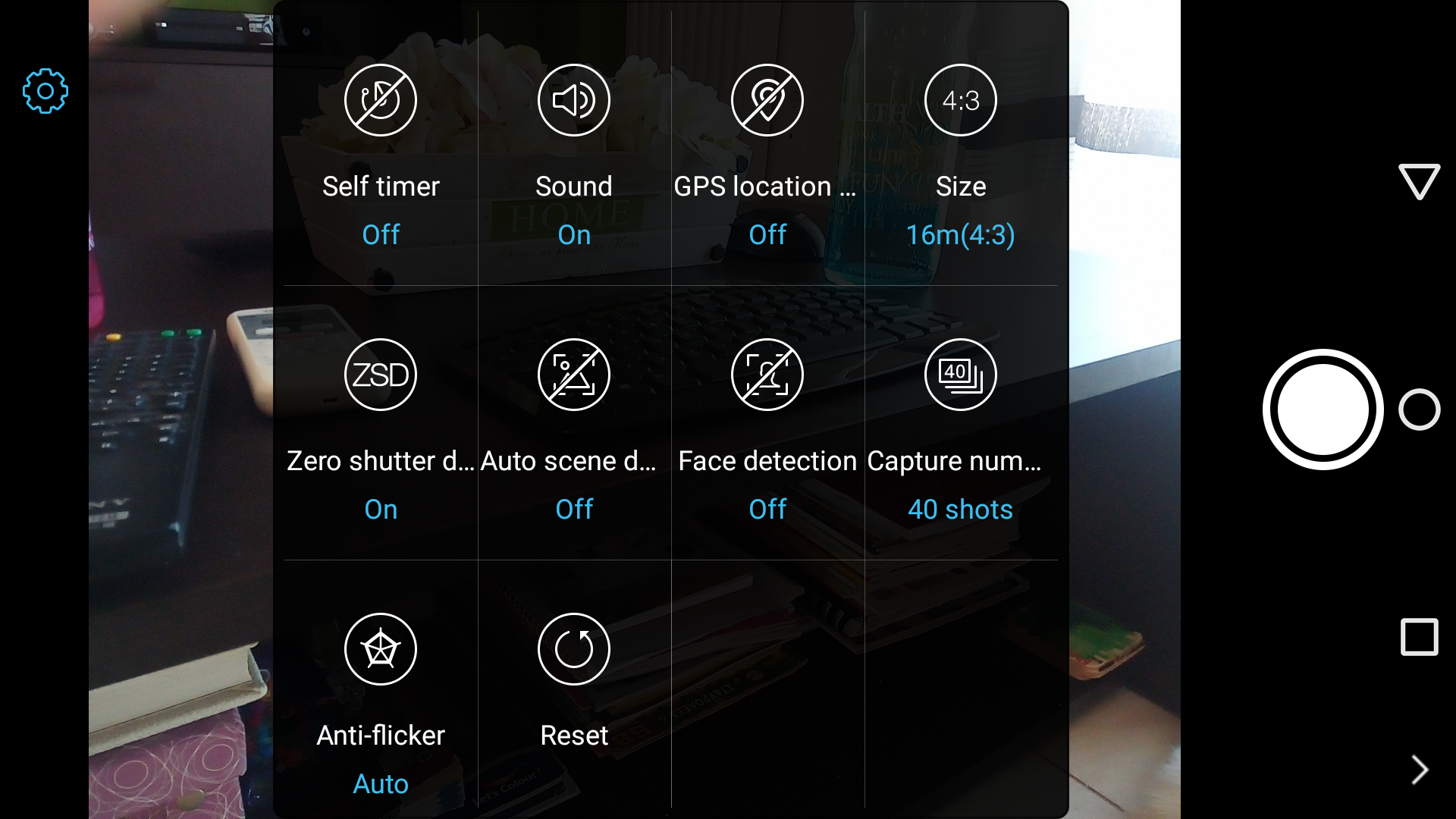
Both cameras have independent vision processing unit, which enables background blurring in real time. It also allows you to choose where to focus (touch focus/autofucus) and where to blur, with the ability to adjust the intensity of blurring, too.
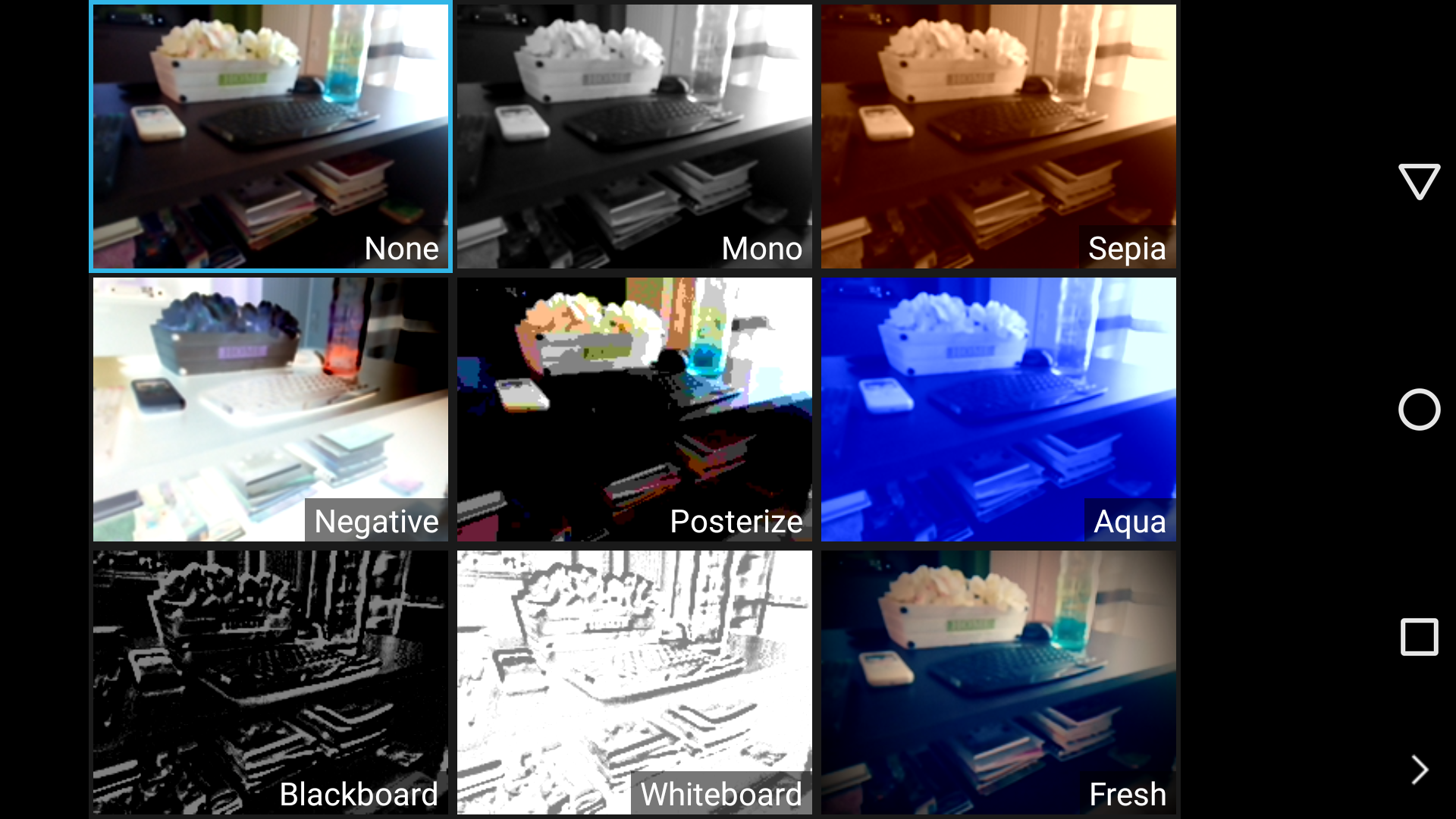
It’s quite easy to capture decent photos in daylight conditions, panoramic images with a helpful assistant that shows the way to do it correctly and the same goes for video capture. However when the sun goes down problems appear, such as low ISO, increased digital noise in photos and reduced framerate in videos.
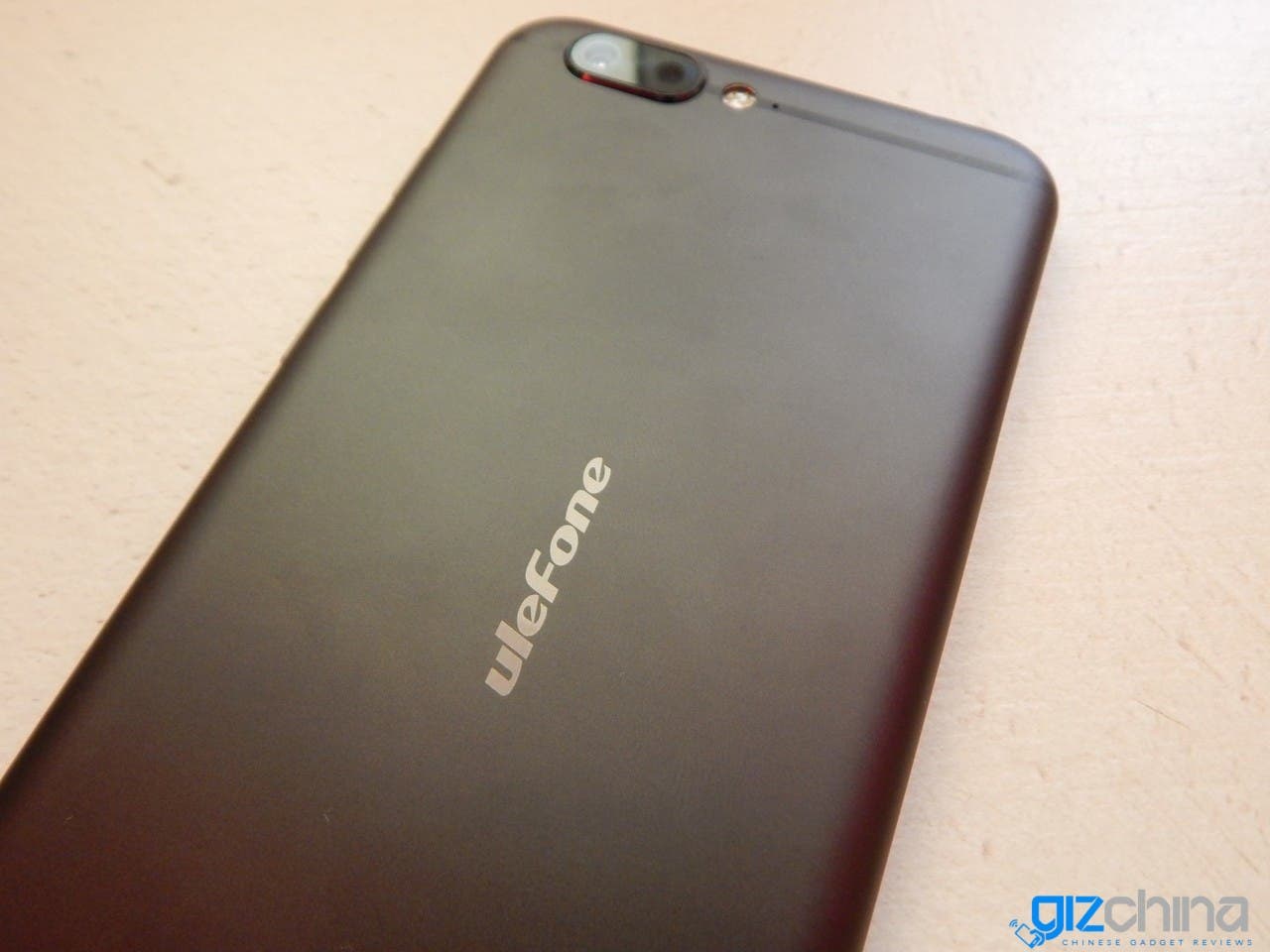
All of the above however are typical for this type of phones, and the final verdict is that using the Ulefone T1 you will be able to capture decent photos in daylight conditions but not that impressive photos during low light conditions.
The LED flash works OK in close ups, portraits or distances up to 1 meter but it won’t do you any good if your subject is a bit further. Have a look at our photo samples by clicking on the link here (Flickr).
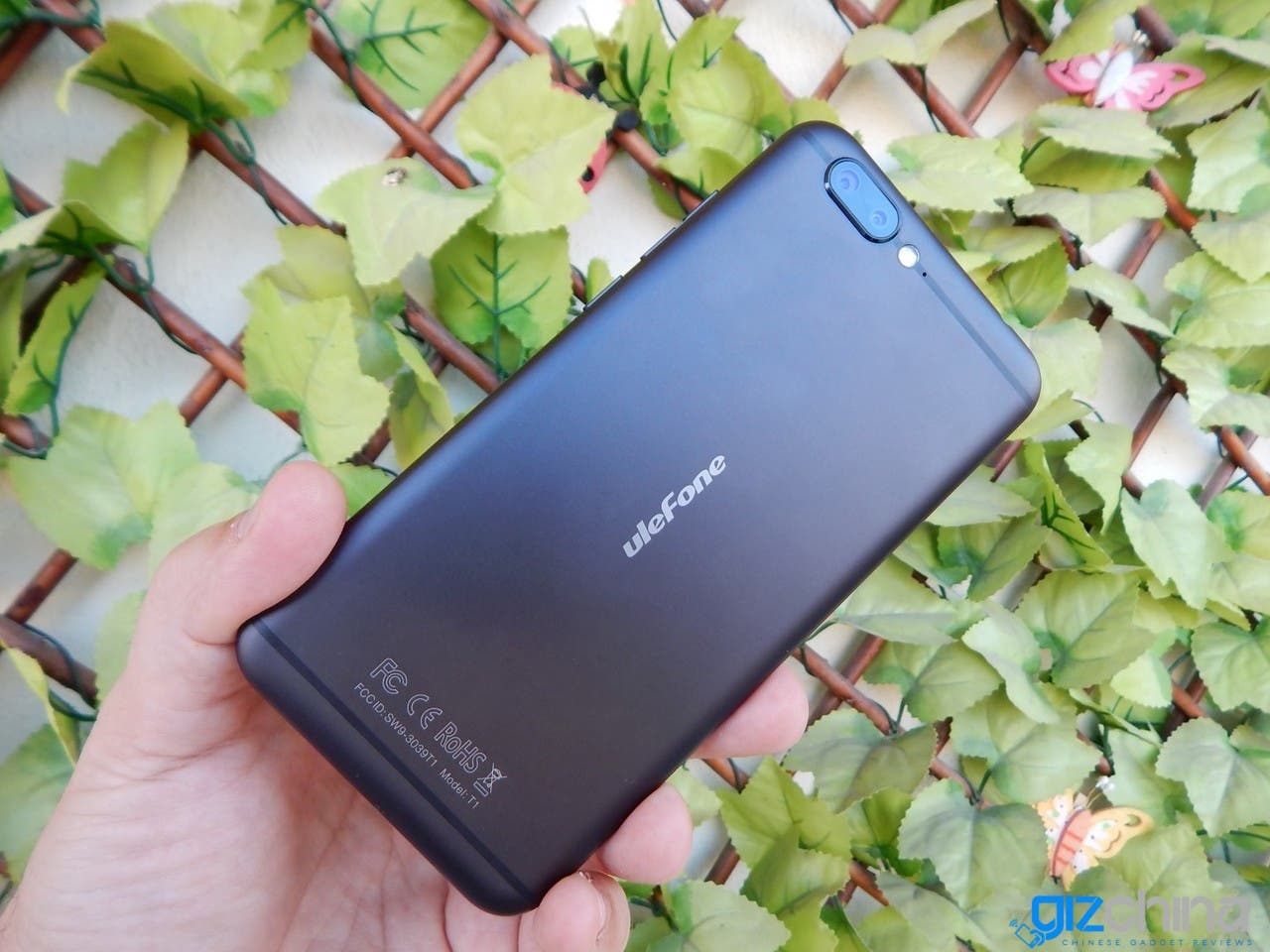
Battery consumption
The Ulefone T1 is equipped with a relatively large 3680mAh battery that can provide really impressive stand by times, in cooperation with the Helio P25 energy efficient processor. You can easily get a full day’s usage (28 hours) with no problems and perhaps a bit more if you are able to be gentle with it, or use a power save feature.
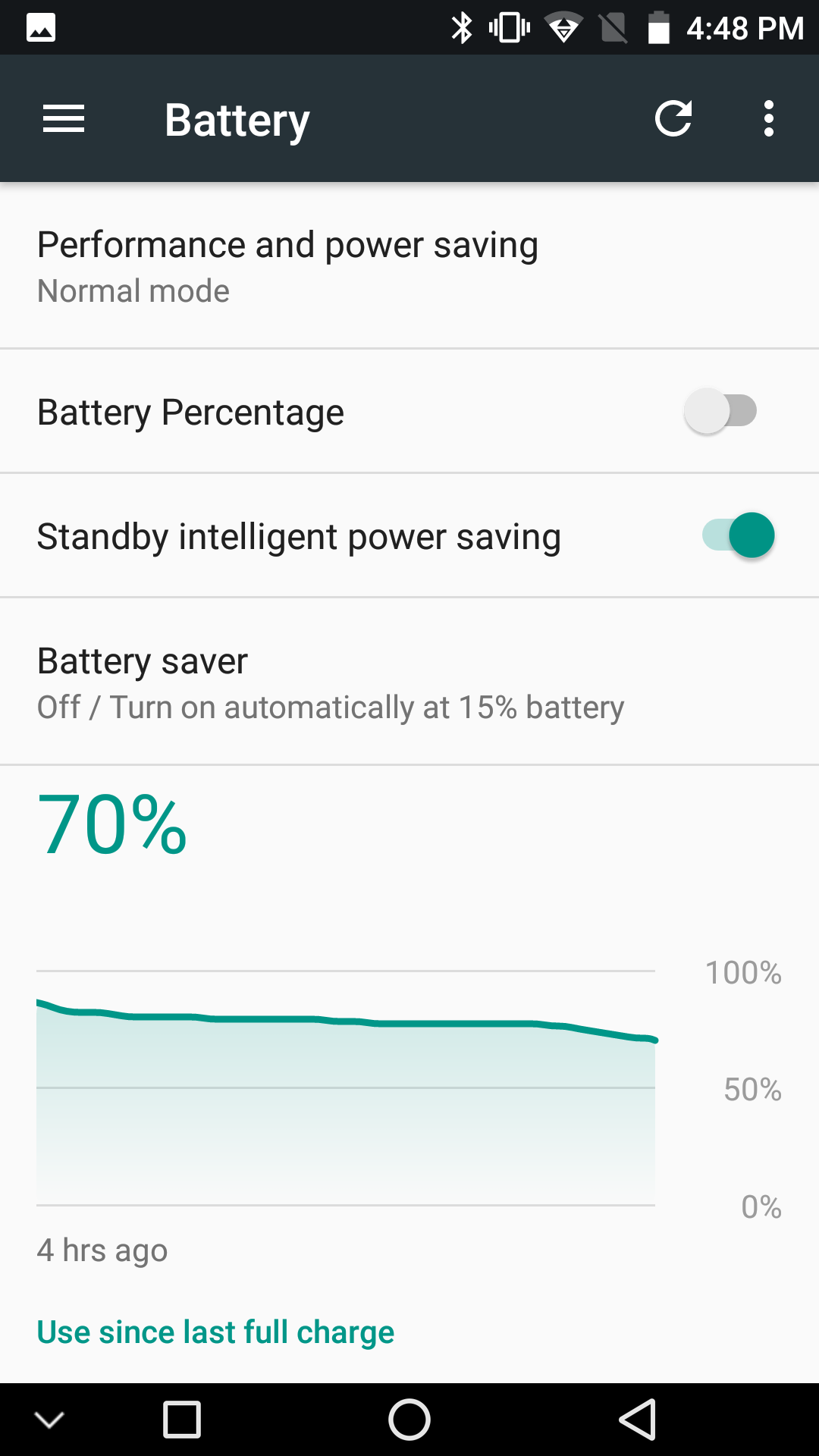
All in all we have a winner here, an impressive smartphone with decent standby times if you’re an average user (6 hours of active screen).
Conclusion – So what about it?
impressive performance, for a beautiful… clone
Hands down, this is one of the best Chinese smartphones I had during the past months. It provides an impressive feeling when you use it everyday, with a quite responsive FHD display, ample RAM memory (6GB) and a powerful – yet energy efficient – chipset (Helio P25).

If you’re in the market for an affordable 6GB RAM/64GB ROM, dual camera smartphone with impressive display and great build quality then the Ulefone T1 should definitely be among your top choices.
The Ulefone T1 is currently available with a price tag of 209,99$.
Ulefone T1 review
- Build Quality – 80%
- Display – 80%
- Audio – 70%
- Battery – 80%
- Software & Performance – 85%
- Connectivity – 80%
- Camera – 79%
Our opinion
It’s rare occasion for me to get this hyped about a Chinese smartphone, but sometimes it happens. The Ulefone T1 is one of those phones that finally DO what they say, and offer excellent hardware for their PRICE. If you decide to go for it, you’ll get 6GB of RAM, Helio P25 chipset, 64GB of storage, microSD support, an impressive display, great build quality and a decent dual camera setup!
If you like the iPhone 7 Plus rear design but prefer Android, then don’t look any further. Only thing that kept me from jumping with joy was the fact that it doesn’t seem to be updated to Android O anytime soon. And for a price of 209,99$ it’s something that Ulefone should have thought better.
79.1%




